All products featured are independently chosen by us. However, SoundGuys may receive a commission on orders placed through its retail links. See our ethics statement.
Inside Razer's 13-year quest to build the best esports headset
November 4, 2025
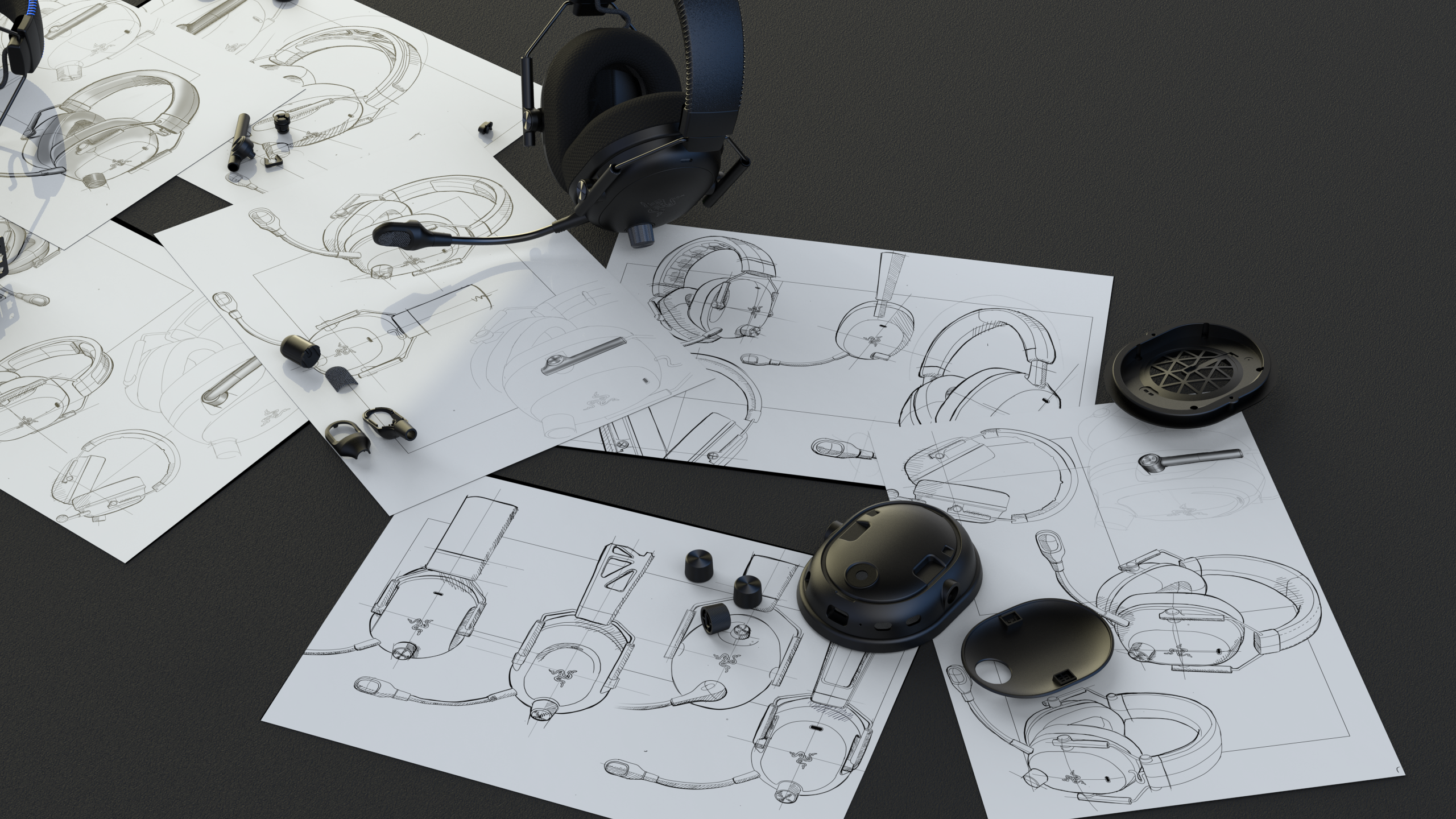
When Razer’s first BlackShark headset launched in 2012, competitive Battlefield was at its peak, and the idea of a truly wireless esports headset seemed far-fetched. We’ve come a long way in gaming since then. Fast forward to 2025, and the latency on the latest BlackShark V3 Pro is nearly imperceptible. We sat down with Nick Bourne (Head of the Mobile Console Division) and Charlie Bolton (Global Head of Design) to understand how Razer’s esports headset evolved over the years and what that focus on competitive gaming means for pro-players and casuals alike.
This article is based on an interview conducted via video call with Razer product representatives. SoundGuys maintains editorial independence, and our assessment reflects both the information gathered during the interview and our independent testing and review of the BlackShark V3 Pro.
Building a track day car
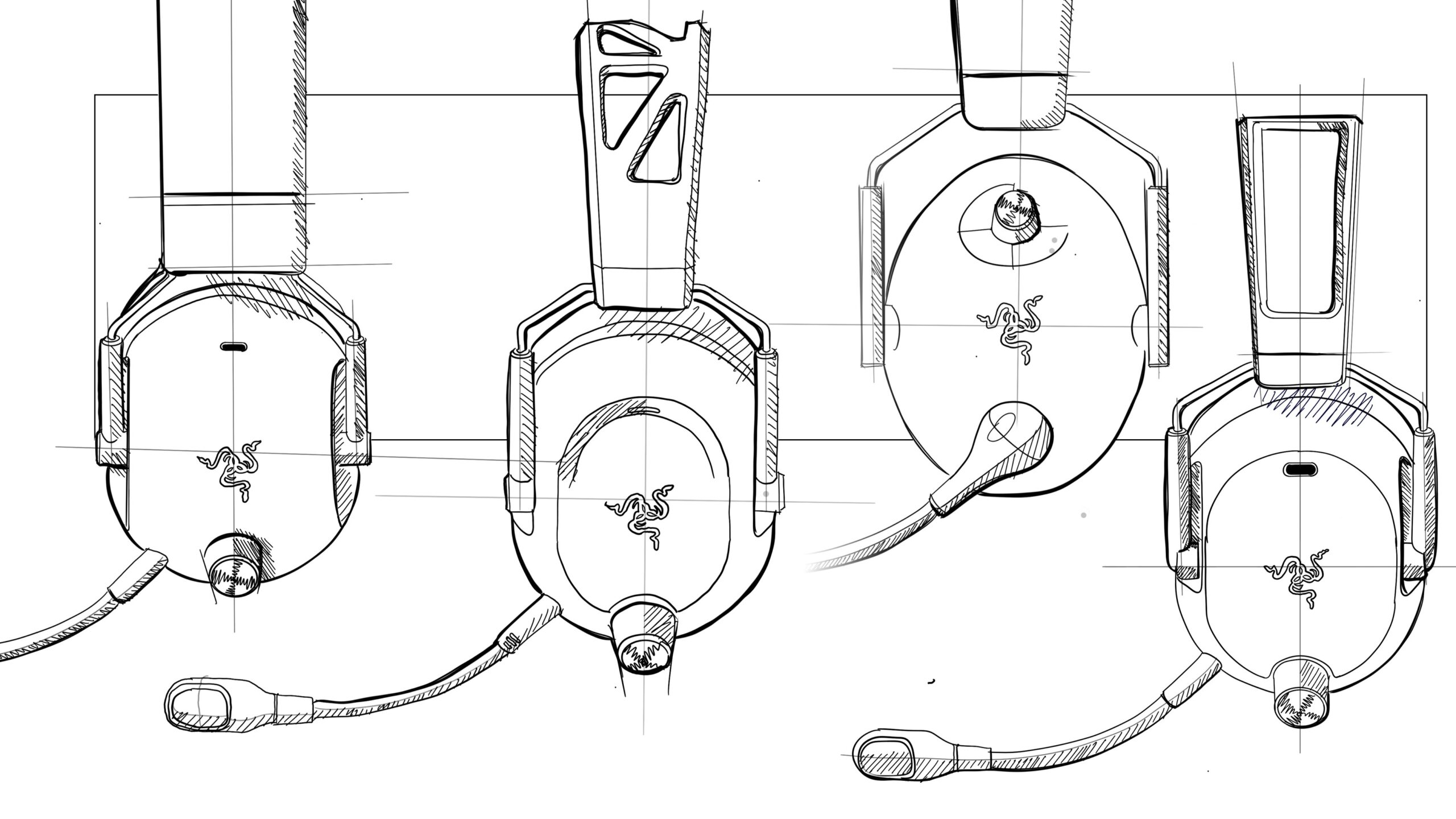
Razer’s design philosophy for the BlackShark line explains every decision that follows. “Saying no to things makes this a better product,” Bourne tells us early in our conversation. “This is our track day car. It has the roll cage and the fire extinguisher. It doesn’t have the air conditioning and the stereo.”
Razer’s approach to the BlackShark line is intentionally reductive. No RGB lighting. No haptics. No features that don’t directly serve competitive performance. It’s a philosophy that echoes throughout the product: focus on competitive gaming above all else.
But at $250, this creates an interesting tension. Are people willing to pay premium pricing for a specialized tool? For a headset that excels at a specific game genre, and even specific game titles at that, rather than a headset that does everything well? For instance, when it comes to sound quality, I found localizability for tracking enemy footsteps in Counter-Strike to be excellent. Still, that same default tuning has treble distortion that can make listening to music quite fatiguing.
The V3 Pro sits at the top of a broader lineup that now spans from $99 to $250—a fully wireless range that would have been “unthinkable for an esports-focused headset even a few years ago,” according to Bourne. This spectrum allows Razer to pull technology from previous generations down to lower price points, making competitive-grade features accessible to more players. But the V3 Pro represents the apex of that philosophy: uncompromising performance for those willing to pay for it.
Tuned by champions
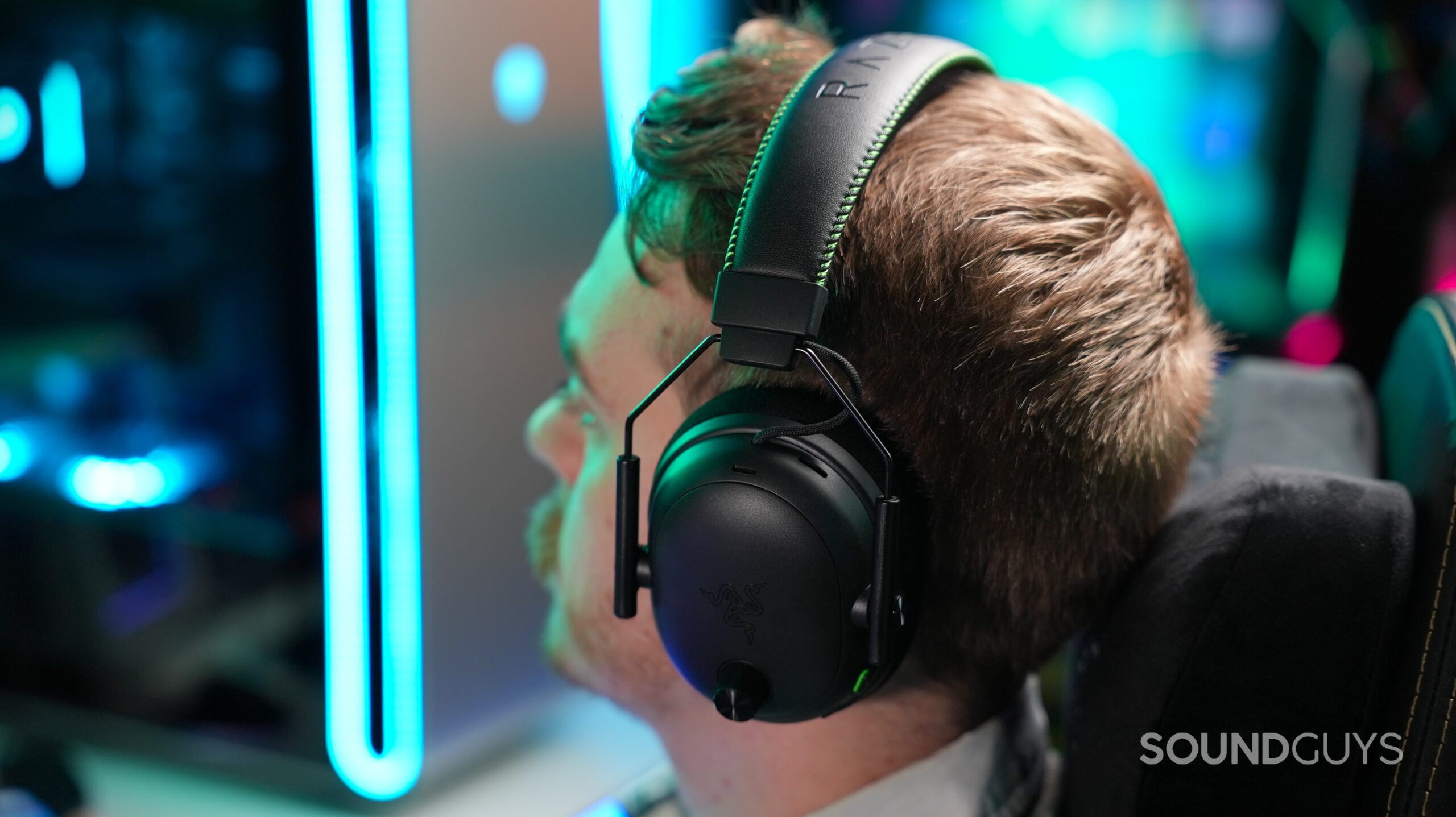
Many of the EQ presets on the BlackShark V3 Pro are tailored to individual ears—the ears of esports athletes. The company collaborated with professional esports players like Nikola “NiKo” Kovač and Brandon “Shotzzy” to create FPS audio profiles for the games in which they excel. In theory, this gives the average gamer a competitive edge. But in practice, it can be hit or miss.
“It’s very much like pro sports equipment,” Bourne explains. “The golf clubs that Tiger Woods uses are not going to work for your average Sunday golfer.” The truth is even stranger than that analogy suggests. “I’ve had experiences where I’ve taken tuning profiles from a pro back to my sound engineers who have asked me if the guy is deaf,” Bourne admits with a laugh. “Because that’s how weird their sound profile is.”
This is where Razer’s engineering team becomes crucial. The company doesn’t simply hand over the keys to pro players and let them tune however they want. Instead, it’s an iterative collaboration. “It’s constant negotiation,” Bolton explains. “Esports players want one thing, sound engineers want certain items that affect product design.” The team synthesizes feedback from pros, runs it through their audio engineers, and tests multiple iterations before settling on profiles that work.
I experienced this variability firsthand during testing. The Halo Infinite EQ makes footsteps punchier, weapon sounds crisper, and enemy positioning clearer while keeping enough bass to feel the action without drowning out the details. However, the Valorant EQ’s scooped midrange made voices sound extremely distant and hollow—not my preference, but perhaps exactly what a pro player wants to isolate specific audio cues.
The Razer BlackShark V3 Pro currently features 12 pro-tuned EQ profiles, with plans to add more for Battlefield 6, Borderlands, and GTA 6 as part of Razer’s ongoing game partnerships. The profiles aren’t static either—Razer can update them via firmware, refining the experience based on player feedback throughout the headset’s lifecycle.
The 10-millisecond advantage
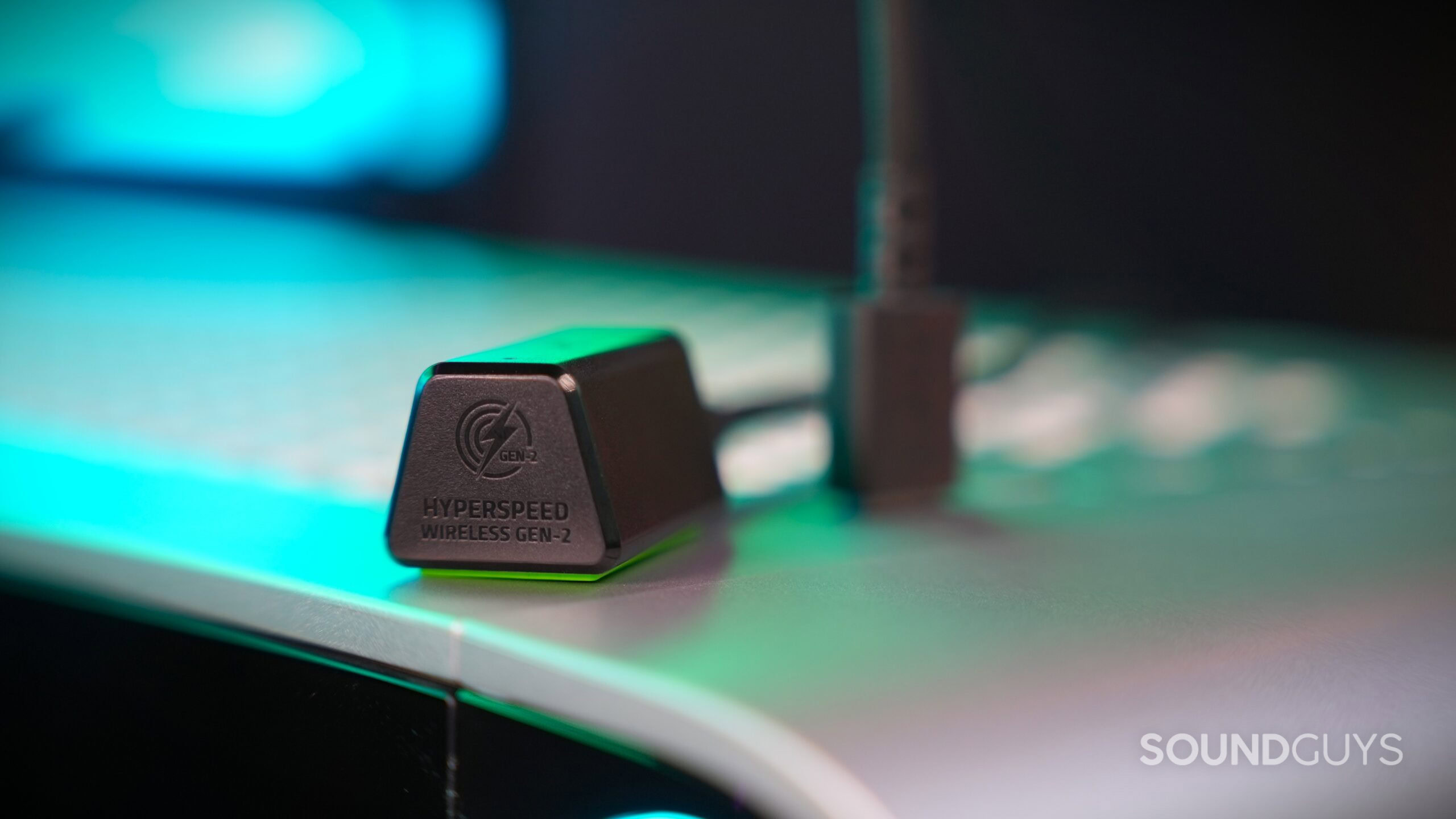
The audio profiles aren’t the only tools this headset offers competitive FPS gamers. The V3 Pro also boasts unprecedented wireless latency: 10ms using Razer’s HyperSpeed Gen 2 technology.
“I’ve stood behind pro CS teams where I have no idea what they saw or what they shot through,” Bourne tells us, describing the razor-thin margins that separate championship-winning plays from elimination. “A crack in a door that I couldn’t even see—but those differences of 10 milliseconds versus 20 milliseconds? A pro can show you what that looks like in a game.”
It’s genuinely best-in-class—most gaming headsets we’ve tested hover between 15 and 30ms. Still, for the average gamer, the difference between 10ms and 20ms is imperceptible. Anything under 10ms becomes physically impossible for humans to detect.
So, who is this really for? “We had the great example of Snaptap on our keyboards being banned competitively because it was too much of an advantage,” Bourne says, referring to a Razer keyboard feature that tournament organizers deemed unfair. “That’s kind of where Razer lives—right on the edge of getting our own technologies banned.”
It’s impressive both on paper and in practice, pushing boundaries for the top 1% of players, even if most casual gamers may not perceive every improvement. But that’s exactly the point. Razer isn’t building for the majority here—they’re building for the margins where championships are won and lost.
Evolution of an icon
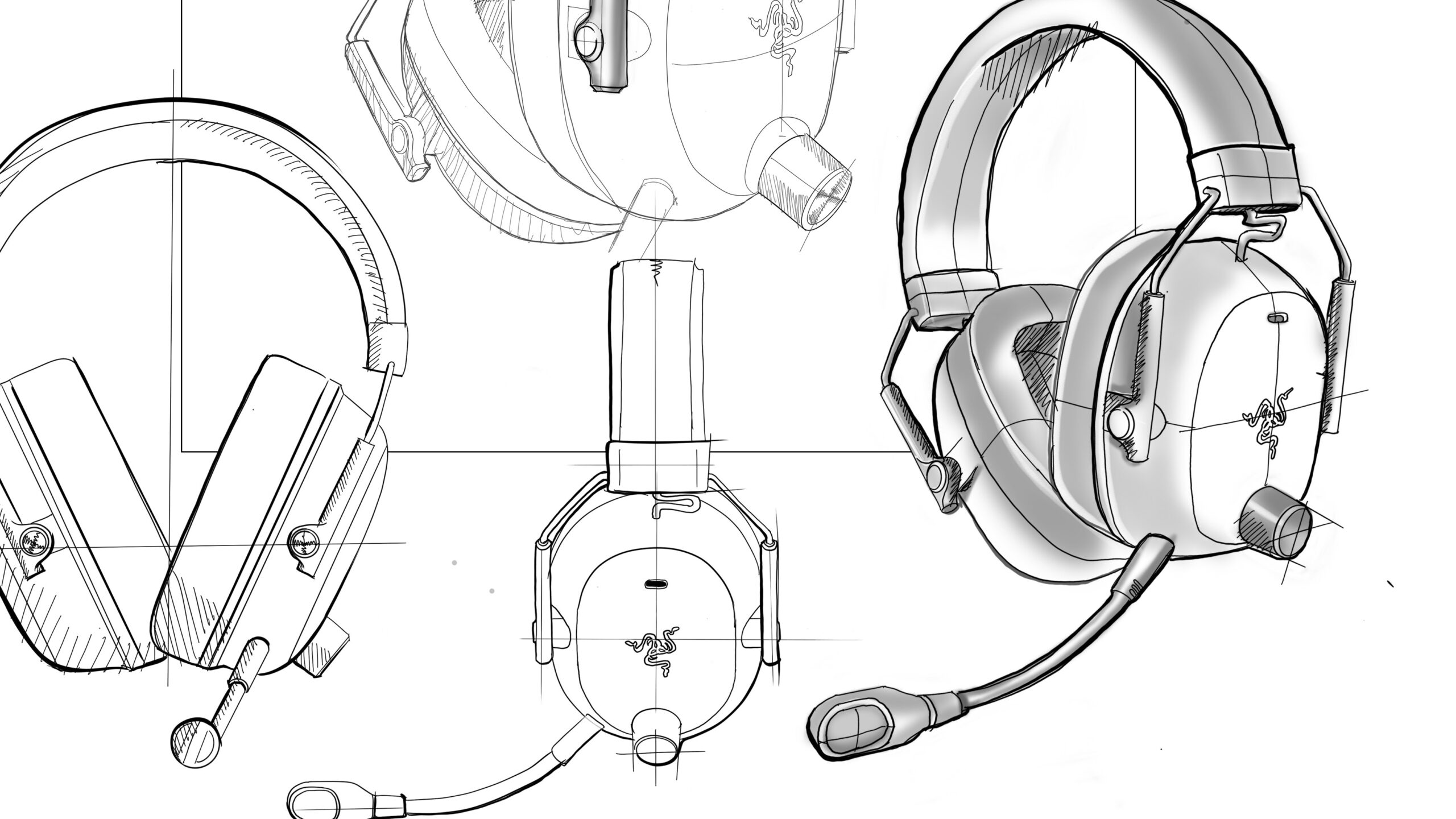
The team behind the BlackShark V3 Pro faced a unique challenge: how do you innovate on an icon without alienating existing fans?
“When we were talking about BlackShark, it felt a bit like Porsche talking about the 911,” Bourne says. “Every single body panel is new, but people ask, ‘Why does it look exactly the same?’ Because it’s iconic.”
Bolton describes an intensive iterative process: “We must have done at least 10-plus mockups, at least two rounds of meeting up with esports players.” Each element required careful consideration—from the weight distribution to the materials selection, balancing the demands of acoustic engineers, industrial designers, and pro players themselves.
One example is the distinctive aviation-style yokes that have been a staple of the BlackShark since its inception. I asked if that was non-negotiable because it’s such an iconic part of the BlackShark’s identity. But, “that was really driven by sound technology,” Bolton reveals. “The acoustic engineers needed that for passive noise isolation.” The earcups need to swivel to match the shape of each person’s head for a proper seal, even if it can be tricky to get a good fit.
The goal of optimal passive isolation delivered mixed results. Razer opted for fabric layered over leatherette to keep the earcups as breathable as possible, preventing heat buildup during extended gaming sessions. However, this material choice compromises isolation—a full pleather material, or even a pleather lining on the interior surface of the earcups, would have provided better frequency retention to prevent sound leakage and more effectively block outside noise.

This is where the new ANC feature becomes essential. Added to the V3 Pro for the first time in the BlackShark line, active noise cancelation compensates for what the fabric earpads can’t achieve through passive isolation alone. “It’s another step in refining sound isolation,” Bourne explains. “But really, it’s player isolation—cutting you off from distraction.” The combination of the aviation yoke design, fabric earpads for breathability, and ANC strikes the balance Razer was aiming for—though it required adding technology to make up for the material trade-off.
When I raised these observations, Bolton acknowledged the balancing act: “It’s well, not limitations, but areas to think about when we design it.” It’s the reality of designing any product: every choice involves trade-offs.
One design element that has no compromises: the removable battery and swappable side plates. What started as a practical necessity—allowing users to replace the battery—became an opportunity for personalization and team branding. Razer created custom plates for esports organizations like OpTic Gaming, 100 Thieves, and Sentinels, turning the headset into a canvas for competitive allegiances.
Connected everywhere

The other major evolution came on the connectivity front. The V3 Pro features four modes of connectivity: a 3.5mm headphone jack, wired audio over USB-C, 2.4GHz wireless via the HyperSpeed dongle, and Bluetooth 5.3. It even supports simultaneous 2.4GHz and Bluetooth connections for dual-audio—a feature Razer brought over from other headset lines.
“The wired was for the pros because they use headsets wired in competition,” Bourne notes. “The Bluetooth is for the mobile app configuration on the console, for streaming music, and taking phone calls. The ability to have simultaneous connections is a quality of life that we brought from other headset lines to BlackShark.”
This multi-platform approach reflects how gaming has evolved. “We see a gaming world that is becoming more screen agnostic,” Bourne says. “Second and third locations in the home—sitting on a couch while your significant other watches TV, for instance. These are real gaming places now.”
This flexibility extends to how Razer supports the product post-launch. When early reviews noted issues with the microphone quality, Razer responded with a firmware update in under 12 hours. The fix clarified the headset’s dual microphone modes: one optimized for the 10ms low-latency mode (prioritizing speed for competitive comms), and a full-band broadcast mode for streaming and content creation. This kind of rapid iteration demonstrates Razer’s commitment to refining the experience based on real-world feedback.
“Built for and with the pros, but built for any competitive player,” Bourne summarizes. “Whether that’s winning a world championship or a rank-up game or winning the first game ever against your friend who’s just a little bit better than you.”
Finding its identity
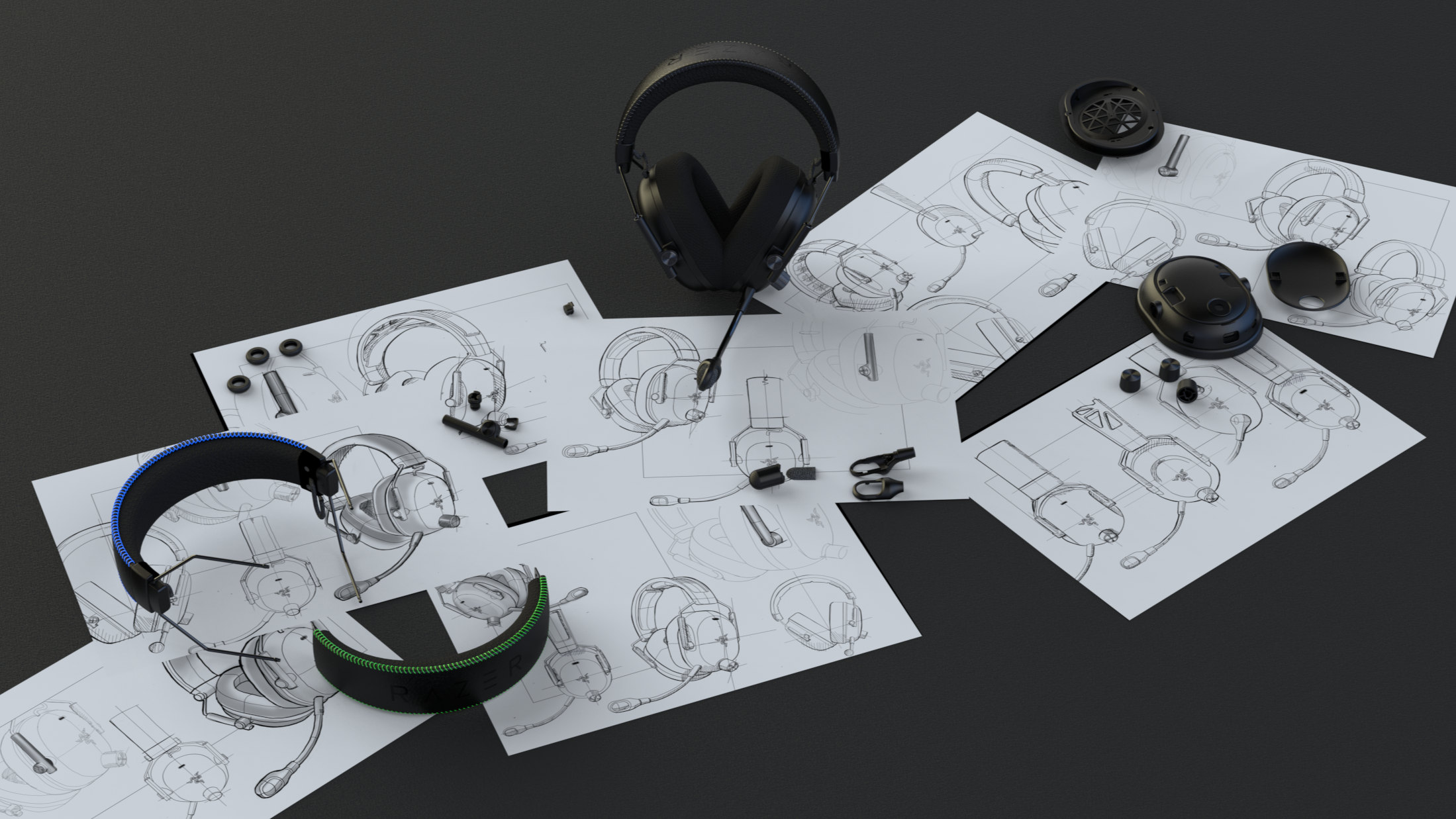
The reality is that Razer has made deliberate trade-offs with the BlackShark V3 Pro. The yoke design prioritizes lightweight comfort for marathon gaming sessions over maximum clamping force. The default tuning emphasizes competitive audio cues over balanced music reproduction. The 10ms latency serves the top-tier players, even if most won’t notice the difference from 20ms.
Are these the right choices? That depends entirely on what you value. If you’re a competitive FPS player who prioritizes every possible advantage, the V3 Pro delivers genuine innovation worth the $250 price tag. If you want an all-rounder for music, movies, and casual gaming, there are better options at this price point.
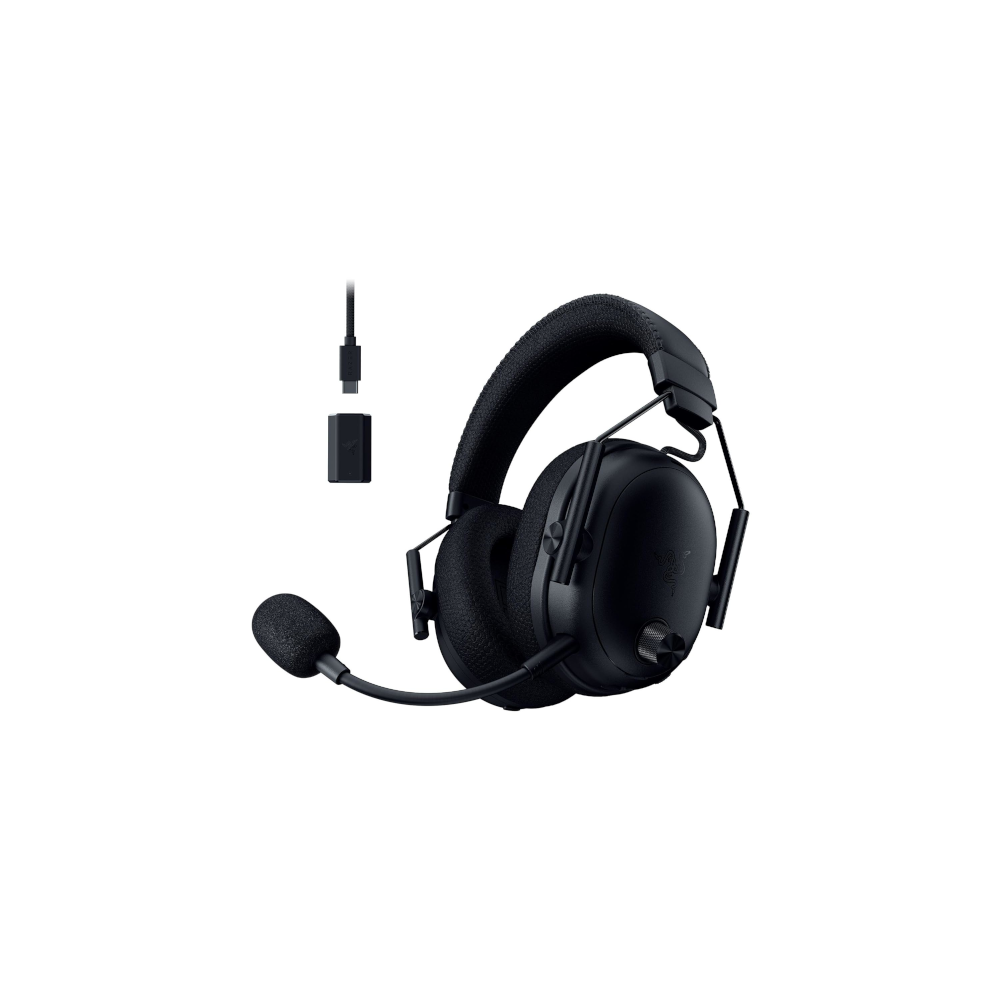

After 13 years and multiple iterations, the BlackShark line has found its identity—and Razer isn’t apologizing for it. In a market saturated with products trying to do everything, there’s something refreshing about a company that knows exactly who it’s building for. The V3 Pro isn’t trying to be the best headset for everyone. It’s trying to be the best headset for competitive gamers—whether that means winning a world championship, ranking up in competitive play, or finally beating that friend who’s always been just slightly better than you.
Thank you for being part of our community. Read our Comment Policy before posting.